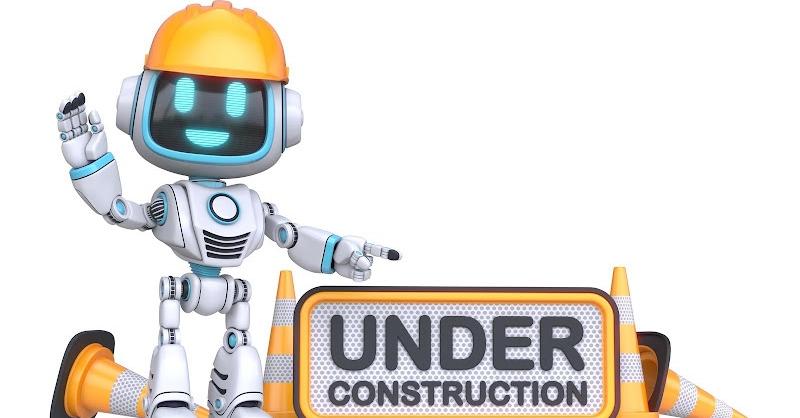The construction industry has been one of the most traditionally conservative industries when it comes to technological advances and implementation.
However, with the rapid advancement of artificial intelligence (AI) technology, many in the construction industry are beginning to explore how AI can be utilized to improve processes and provide a competitive edge within the industry.
In this article we will look at some of the potential implications for the construction industry once AI is fully implemented. We will discuss how AI can be used to improve efficiency, safety and reduce costs. We will also explore the potential risks associated with relying on AI technology in the construction sector.
Benefits of AI in Construction
One of the major benefits that AI brings to the construction industry is improved efficiency. Artificial intelligence enabled systems are able to quickly analyse large amounts of data and make decisions faster than a human could, leading to improved workflow and project completion times.
AI can also be used to improve safety in the construction sector. AI systems are able to monitor for potential hazards such as unsafe working conditions or hazardous materials, alerting workers and supervisors before an accident occurs.
This can significantly reduce the number of on-site injuries, and ultimately lead to a reduction in construction costs.
AI can also be used to detect potential problems before they occur, leading to improved problem-solving capabilities.
AI systems are able to analyse project data in real-time and identify any potential issues before they become a major issue. This can help reduce project delays and save on overall costs.
Finally, AI can help reduce the need for manual labour in construction.
By automating certain tasks such as material handling and site surveying, AI can free up workers to focus on more important tasks and ultimately improve overall project efficiency.
Potential Risks of AI in Construction
While there are many potential benefits associated with incorporating AI into the construction industry, it is important to consider the potential risks as well.
One of the major risks associated with AI in construction is that of job displacement.
As certain tasks become automated, there will be a need for fewer employees to perform them, meaning some jobs within the industry could be eliminated or made redundant.
Another risk associated with AI technology is that it can lead to an increased reliance on technology in the construction sector.
By relying too heavily on AI, companies may fail to understand the underlying issues that led to a project failure and consequently be unable to prevent further failures from occurring.
Finally, there is a potential risk associated with data security when using AI in construction projects. As AI systems are reliant upon large amounts of data, it is important that they are secure to prevent any unauthorised access.
How is Artificial intelligence Technology used in Construction?
There are a variety of ways that AI can be used in the construction industry, ranging from robotic automation to using machine learning algorithms for management.
Robotic automation refers to the use of robots to perform physical tasks on-site such as laying bricks and other similar jobs. These robots are able to work quickly and efficiently, reducing labour costs and freeing up workers to focus on other tasks.
Machine learning algorithms can be used to analyse large amounts of data and identify potential issues or patterns that may have been missed by manual inspection. This can help automate the decision-making process and allow for more rapid responses in project management.
AI systems are also able to monitor construction sites in real-time, allowing supervisors to quickly detect any potential issues or safety hazards using cameras.
This can help reduce construction costs by preventing delays and ensuring that projects remain on track.
Construction vehicles are also fitted with AI human detection cameras to detect individuals in the vicinity of a vehicle and alert the driver if someone is detected.
This can help reduce the risk of accidents and fatalities on construction sites.
Conclusion
The potential benefits that AI technology brings to the construction industry are vast, ranging from improved safety and efficiency to cost savings and job displacement.
However, it is important to weigh the potential risks associated with AI technology as well.
It is essential that companies take into account both the benefits and risks of AI when deciding whether or not to incorporate this technology into their construction processes.
Overall, artificial intelligence has the potential to revolutionise the construction industry and lead to improved safety, efficiency and cost savings – a future worth constructing.
The construction industry will need to continue to explore the potential of AI and assess how its implementation could shape the industry for years to come.
As AI technology advances, it is expected that more companies will begin to incorporate AI into their processes, leading to a shift towards smarter, safer and more efficient construction sites.

